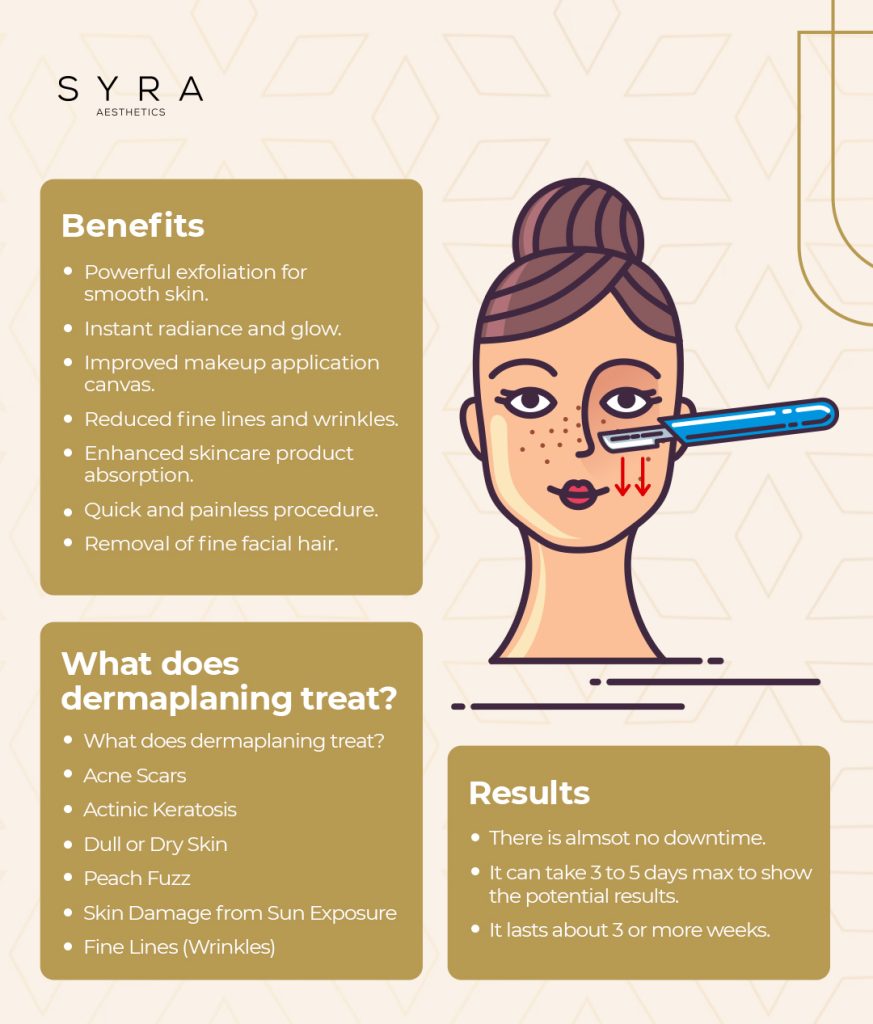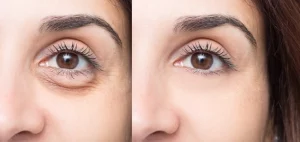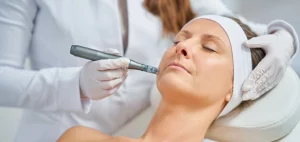If you’ve been looking for the latest cosmetic trends to beautify and brighten your skin, you definitely would have come across ‘Dermaplaning’.
This non-invasive procedure involves scraping off dead cells, hair, and bacteria from the skin’s surface using a specific scalpel. Dermaplaning is capable of tackling multiple skin issues at a time – including skin dullness, roughness, breakouts, and wrinkles.
The way this modern skincare treatment works is by promoting skin cell turnover, leaving the skin softer and healthier. But a common concern is if dermaplaning is as safe and effective as it is advocated to be. Read on to find out about the basics of dermaplaning, along with its benefits and risks, and who should avoid the procedure.
What is Dermaplaning?
Dermaplaning is a type of dermabrasion that involves refining the skin’s outer layers via controlled surgical scraping.
In simple terms, it is an exfoliating treatment in which the top layers of the skin are gently scraped using a surgical scalpel to improve its texture and tone. This procedure is performed by a certified dermatologist, esthetician, or plastic surgeon.
Dermaplaning can be performed on any skin type and can also help people struggling with various skin issues such as:
- Fine lines and wrinkles
- Acne scars
- Dull and dry skin
- Sun-damaged skin
How Does it Work?
The basic idea of dermaplaning is similar to shaving the skin.
A sharp and clean No. 10 surgical blade that is bigger and wider than a regular surgical blade is held to the skin’s surface at a 45-degree angle. The specialist performing the procedure slightly pulls the skin to tighten it and then mildly scrapes scar tissue, dead cells, and other debris from the skin’s surface using delicate, upward feathering strokes.
Dermaplaning is painless – however, you might feel a slight tingling sensation on the skin during the procedure. Sedation options might also be available that usually include local anesthesia or a numbing spray along with an oral sedative.
Overall, the whole procedure takes about 30 minutes or less, and there isn’t any downtime required afterward.
How Much Does it Cost?
Roughly, a single 30-minute session of dermaplaning can cost up to $250.
Since insurance does not cover dermaplaning, its treatments are charged per session. However, the cost varies according to the area you live in and also on the specialist you opt for.
If required, your doctor might advise you to add a chemical peel to your treatment. This is because your skin can intensely absorb and benefit from a chemical peel right after dermaplaning. However, it costs an extra $150 to $300.
Dermaplaning: Benefits
Skin exfoliates naturally; however, this process slows down with age. This causes a build-up of dead cells and debris on the skin’s surface, making it dull and unhealthy. Dermaplaning helps exfoliate the skin by scraping away the layer of dead skin cells and debris, allowing the skin to breathe and nourish itself.
Moreover, dermaplaning also gets rid of the fine baby hair on the face known as vellus hair. While a light layer of this type of hair is common, some people have a thicker and darker growth which is more noticeable.
Other benefits of dermaplaning include:
- Brighter and softer skin
- No caking and smoother-looking makeup
- Easier absorption of moisturizer
- Decreased appearance of wrinkles and fine lines
- Reduced acne outbreaks
Is Dermaplane Facial Safe?
Dermaplaning is extremely safe, and painless, and most people don’t experience any side effects either.
However, dermaplaning might cause irritation for certain sensitive skins, so it’s highly recommended that you consult with a dermatologist before opting for the procedure if you have:
- Acne
- Eczema
- Psoriasis
- Rosacea
- Cold sores
How Should You Prepare Your Skin before the Procedure?
Experts suggest that before the procedure, you should check your skin for any cuts or scrapes to prevent chances of infections.
It is also recommended that you avoid using exfoliates or other products that might make the skin fragile a few days prior to the procedure.
How Long Does Dermaplaning Last?
Even though dermatologists claim that dermaplaning is amazing for obtaining smooth, more youthful, and brighter-looking skin, its results generally last for only three weeks or so.
Moreover, the reports of its effectiveness are largely anecdotal. Since everyone has a different skin type and outcome, the results are difficult to objectively calculate.
Dermaplaning: Side Effects
When performed correctly, dermaplaning rarely has any side effects. However, some minor risks involved with the procedure include:
- Mild redness of the treated area
- Risk of infection if non-sanitized equipment is used
- Discoloration of the skin (lighter/darker than the surrounding area)
- Temporary sensitivity to the sun
Getting cut by the blade and subsequent scarring is very rare during dermaplaning. If you do develop a scar after dermaplaning, the dermatologist will treat and soften the scar tissue using a steroid injection.
Another possible yet rare side effect is a patchy skin pigment which may develop in the region of the procedure; however, this will decrease and disappear with time.
Pros and Cons of Dermaplaning
Dermaplaning is a rapid and painless procedure to brighten and exfoliate your skin. However, there are a few downsides as well. Here are the pros and cons of dermaplaning:
| PROS | CONS |
| Quick procedure, usually 20-30 min | Effects don’t last longer than about three weeks |
| Rapid results without any downtime | Slight risk of cutting, scarring, and infection |
| Safe procedure, even during pregnancy | No studies on long-lasting results |
| Painless | Expensive |
| Suitable for all skin types | Might worsen certain skin conditions |
Final Thoughts
Dermaplaning is a fast and painless procedure that exfoliates the skin and makes it smoother and brighter. It safely scrapes away dead cells and fine hair from the face and is most effective when performed by a skilled professional; it is not recommended that you try the procedure at home. Although suitable for all skin types, people with certain skin conditions should consult with their dermatologist before opting for this treatment. Moreover, the effects are not long-lasting, so consider the cost carefully before making a decision.

About The Author
Dr. Syra Hanif M.D.
Board Certified Primary Care Physician
Dr. Hanif is the Director of Aesthetic Medicine. She is a board-certified physician in Aesthetic Medicine who specializes in using non-surgical alternatives in order to enhance one's appearance through Botox and fillers.
Read More












